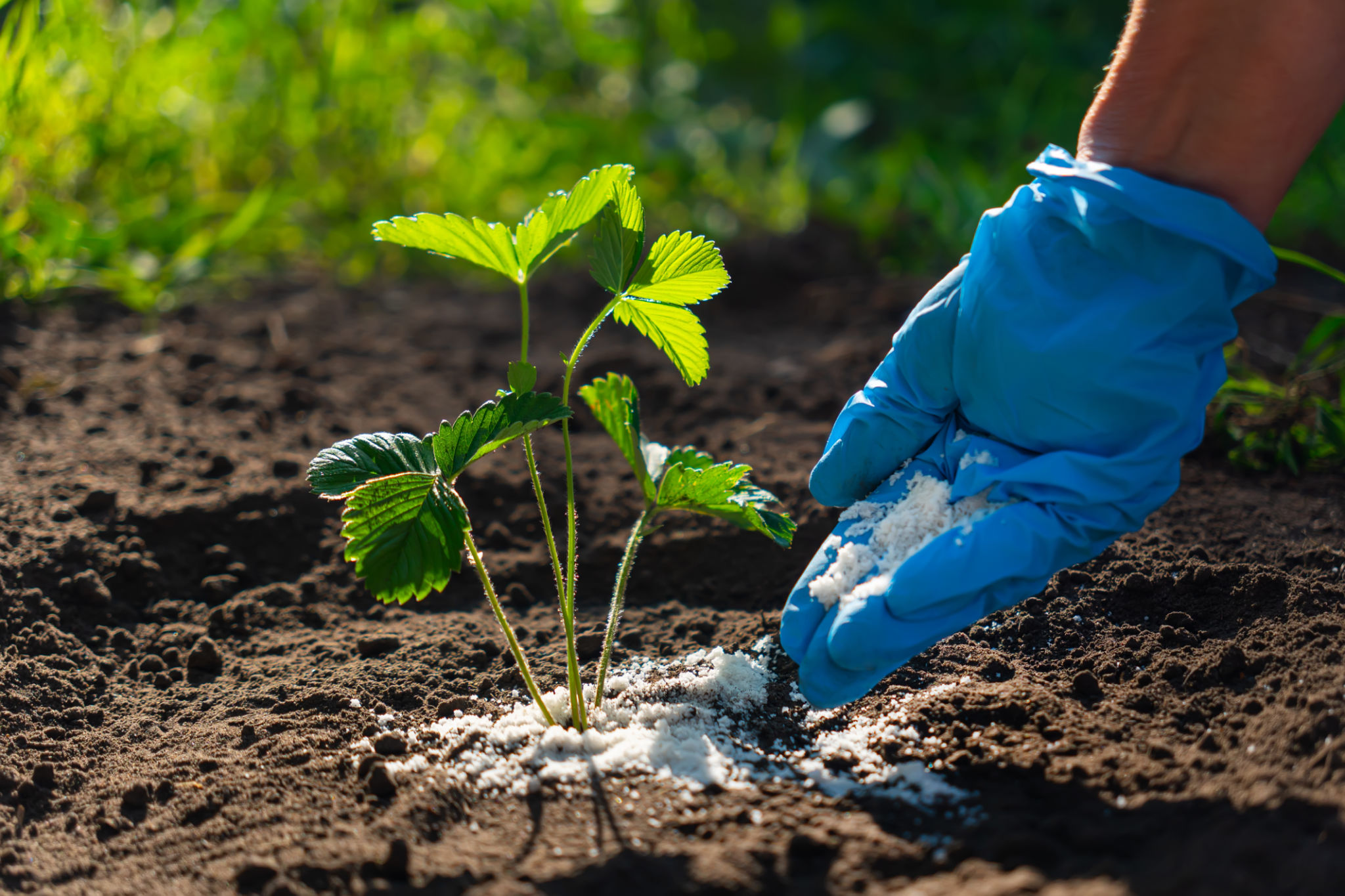Comparing Horticulture Techniques: Conventional vs. Sustainable Approaches
Introduction to Horticulture Techniques
Horticulture, the art and science of growing plants, has evolved over the years with various techniques emerging to maximize productivity and sustainability. Two primary approaches stand out: conventional and sustainable horticulture. While each method has its own merits, understanding their differences is crucial for anyone involved in agriculture or gardening.

Conventional Horticulture Techniques
Key Characteristics
Conventional horticulture typically focuses on maximizing yield and efficiency. This approach often relies heavily on chemical inputs such as fertilizers and pesticides to enhance plant growth and protect crops from diseases and pests. The use of advanced machinery is also common to streamline operations and increase productivity.
Advantages
The primary benefit of conventional techniques is the ability to produce large quantities of produce in a relatively short amount of time. This method supports the demand for food in a growing global population by ensuring a consistent supply of various crops.
Challenges
However, conventional horticulture is not without its challenges. The reliance on chemicals can lead to soil degradation, water contamination, and negative impacts on local biodiversity. Additionally, the heavy machinery used can contribute to soil compaction, which affects plant growth in the long term.

Sustainable Horticulture Techniques
Key Characteristics
Sustainable horticulture, on the other hand, emphasizes environmental stewardship and resource conservation. This approach integrates organic practices, such as composting and crop rotation, to maintain soil health and reduce reliance on synthetic chemicals. Biodiversity is also a focus, promoting a balanced ecosystem.
Advantages
The sustainable approach offers several benefits, including improved soil quality and reduced environmental impact. By fostering a diverse ecosystem, these techniques help in pest management and increase resilience to climate change. Furthermore, sustainable practices often enhance the nutritional quality of produce.

Challenges
Despite its benefits, sustainable horticulture faces some hurdles. It often requires more labor and time compared to conventional methods, which can lead to higher production costs. Additionally, sustainable practices may result in lower yields initially as ecosystems take time to stabilize.
Making the Right Choice
Choosing between conventional and sustainable horticulture techniques depends on various factors, including available resources, environmental considerations, and production goals. Many modern farmers and gardeners are opting for an integrated approach that balances both methods to optimize results.
Whether you prioritize yield or sustainability, understanding these techniques can guide your decisions in creating a productive and environmentally friendly horticultural practice.